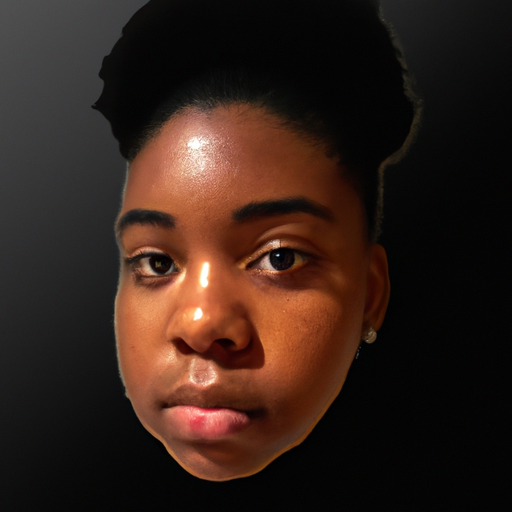As a medical professional, I often encounter patients who are dissatisfied with the appearance of their face, particularly those who feel their cheeks are too full or chubby. This is where buccal fat removal comes into play. It is a cosmetic surgical procedure designed to reduce the prominence of the cheeks, providing a more sculpted and defined facial contour.
Buccal fat removal, also known as cheek reduction surgery, involves the removal of the buccal fat pads located in the middle part of the cheeks. These fat pads vary in size from person to person and can contribute to the roundness or fullness of the face.
The procedure itself is relatively straightforward. It is typically performed under local anesthesia, although general anesthesia can also be used depending on the patient’s preference and the surgeon’s recommendation. An incision is made inside the mouth, in the area between the cheek and gums, which ensures no visible scarring post-surgery. The buccal fat pad is then identified, gently extracted, and the incision is closed with dissolvable sutures. The entire procedure usually takes about an hour.
Recovery from buccal fat removal is generally quick and uncomplicated. Most patients can return to their normal activities within a week. There may be some swelling and discomfort in the first few days following surgery, but these symptoms are usually manageable with over-the-counter pain medication and ice packs.
It’s important to note that while buccal fat removal can significantly enhance facial contours, it is not a one-size-fits-all solution. The procedure is best suited for individuals with overly full or chubby cheeks that persist despite a healthy diet and regular exercise. It’s also worth noting that as we age, our faces naturally lose volume. Therefore, removing too much buccal fat can potentially lead to a gaunt or hollow appearance in later years.
As with any surgical procedure, there are potential risks and complications associated with buccal fat removal. These include infection, bleeding, bruising, numbness or changes in sensation, and asymmetry. However, these risks are generally low, especially when the procedure is performed by a qualified and experienced surgeon.
The decision to undergo buccal fat removal should not be taken lightly. It’s crucial to have a thorough discussion with your surgeon about your aesthetic goals, the potential risks and benefits, and the expected outcome. A good surgeon will provide you with realistic expectations and guide you in making an informed decision.
In conclusion, buccal fat removal is an effective procedure for individuals seeking to reduce the fullness of their cheeks and achieve a more sculpted facial appearance. However, it’s not a quick fix for weight loss or a substitute for a healthy lifestyle. It’s a significant decision that requires careful consideration and consultation with a skilled surgeon. As a medical professional, my advice is to always prioritize your health and well-being over aesthetic desires. Remember, true beauty comes from within, and no surgical procedure can replace self-confidence and self-love.



